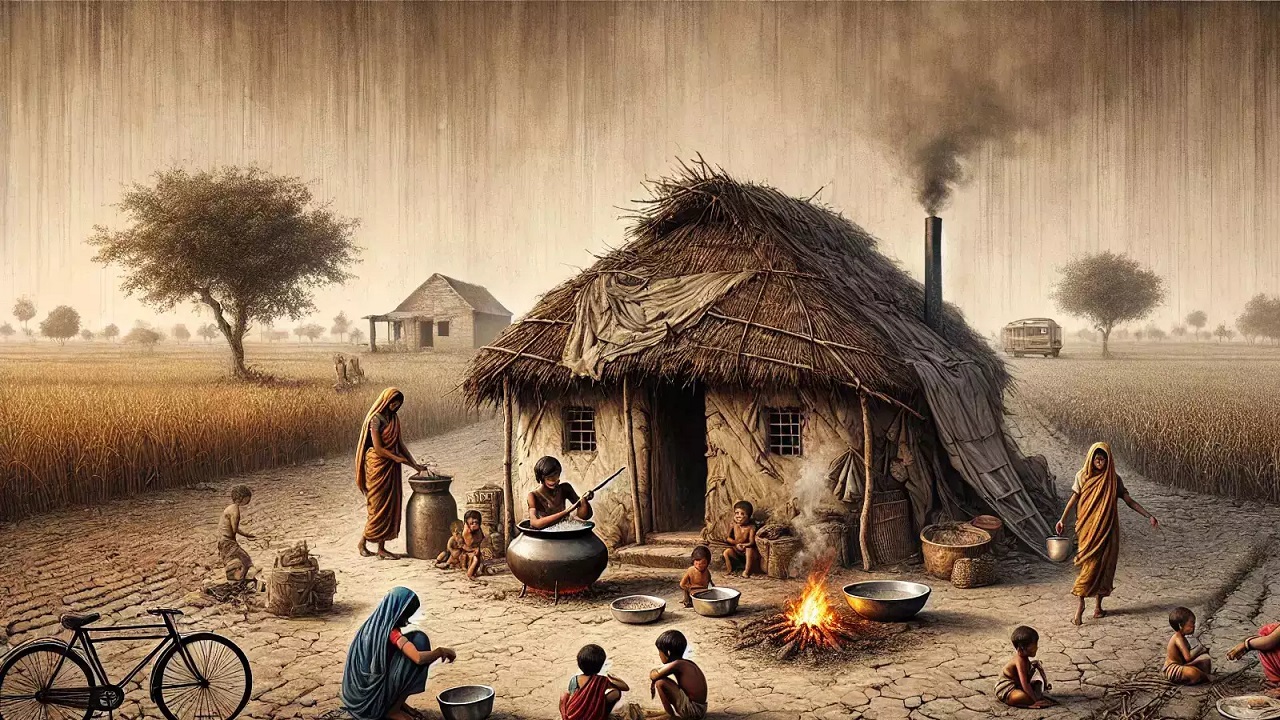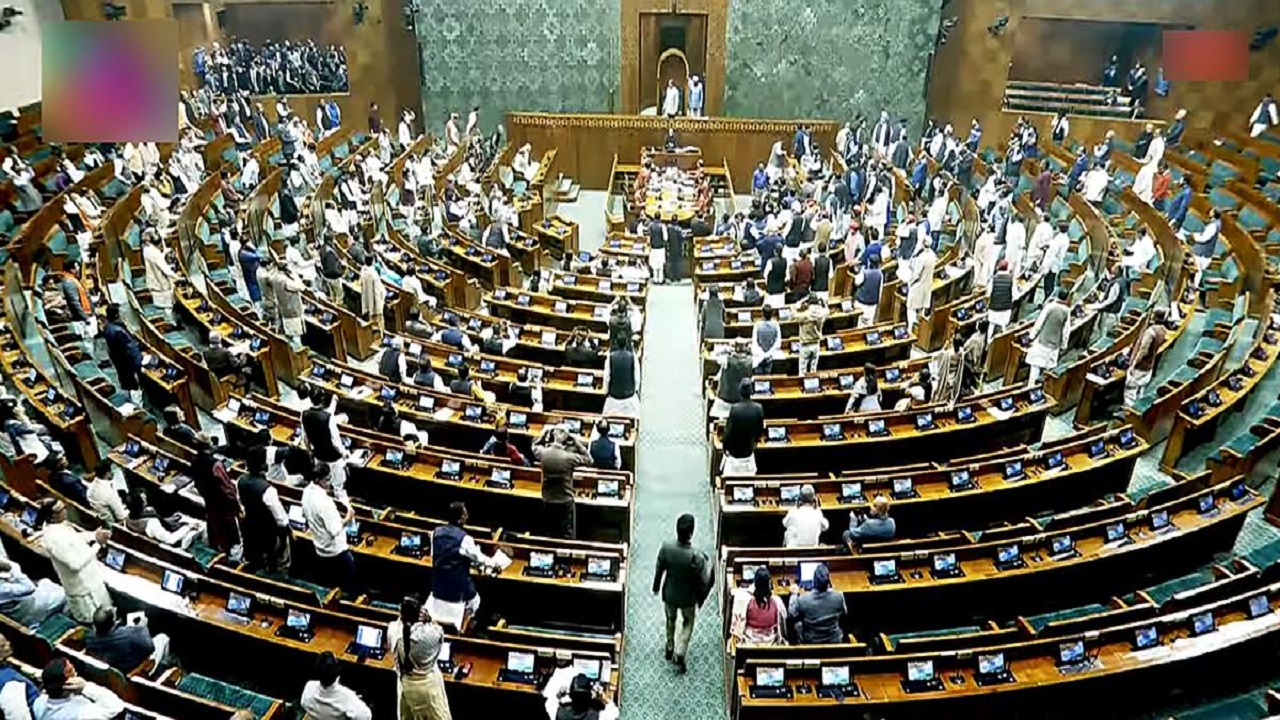Poverty Alleviation in India : A Data-Driven Analysis
Context
-
Democracy extends beyond elections to ensuring social and economic justice for vulnerable groups.
-
Government effectiveness is measured by poverty reduction and social upliftment.
-
This study evaluates poverty reduction trends (2011-12 to 2023-24) across social and religious groups under the current government.
Measuring Poverty: The Rangarajan Poverty Line
-
Based on C. Rangarajan Committee (2011-12) recommendations.
-
Key Features:
-
Uses Modified Mixed Recall Period (MMRP) for accurate household expenditure data.
-
ICMR norms for calorie-based food requirements.
-
Higher weightage to non-food essentials in urban areas.
-
2023-24 estimates updated using Consumer Price Index (CPI).
-
Data Sources and Methodology
-
Household Consumption Expenditure Surveys (HCES) by MoSPI.
-
2011-12 survey: Over 1 lakh households.
-
2023-24 survey: 2.5 lakh households.
-
Findings: Decline in Poverty (2011-12 to 2023-24)
-
Rural poverty: 30.4% → 3.9%.
-
Urban poverty: 26.4% → 3.9%.
Poverty Reduction Among Religious Groups
-
Muslims:
-
Rural: 31.7% → 2.4%.
-
Urban: 39.4% → 5.7%.
-
-
Hindus:
-
Rural: 30.9% → 4%.
-
Urban: 24.4% → 3.7%.
-
-
Muslim-Hindu urban poverty gap reduced from 15 to 2 percentage points.
Poverty Reduction Across Social Groups
-
Scheduled Tribes (STs):
-
Rural: 49.5% → 12.2%.
-
Urban: 38.2% → 9.9%.
-
-
Scheduled Castes (SCs):
-
Urban poverty: 39.6% → 6.6%, narrowing the gap with the general category.
-
-
Other Backward Classes (OBCs):
-
Poverty rate: 30.4% → 3.6%.
-
Government Initiatives for Poverty Alleviation
Rural Programs:
-
MGNREGS: 100 days of wage employment.
-
PMAY-G: Rural housing for the poor.
-
DAY-NRLM: Self-employment & women empowerment.
-
DDU-GKY: Skill development for youth.
-
NSAP: Financial aid to vulnerable groups.
Urban Programs:
-
DAY-NULM: Urban employment & skill training.
-
Jal Jeevan Mission (Urban): Clean water supply.
-
PMAY-Urban: Affordable housing.
-
AMRUT: Urban infrastructure & transport.
-
Other Interventions:
-
Direct Benefit Transfers (DBT) for financial security.
-
Food Security Programs under PM Garib Kalyan Anna Yojana.
-
Conclusion: Inclusive Growth and Governance
-
Poverty significantly reduced across all groups.
-
Muslims, SCs, STs, and OBCs saw major economic upliftment.
-
Welfare programs, employment schemes, and DBT strengthened economic security.
-
Future Focus: Skill development, urban poverty reduction, and regional economic balance.
Relevance to UPSC
-
GS Paper 2: Governance & Social Justice.
-
GS Paper 3: Economic Growth & Poverty Alleviation.
-
Essay Paper: Topics on poverty & democracy.
-
GS Paper 4: Ethics in governance & social justice.


_(1).jpg)

Comments (0)